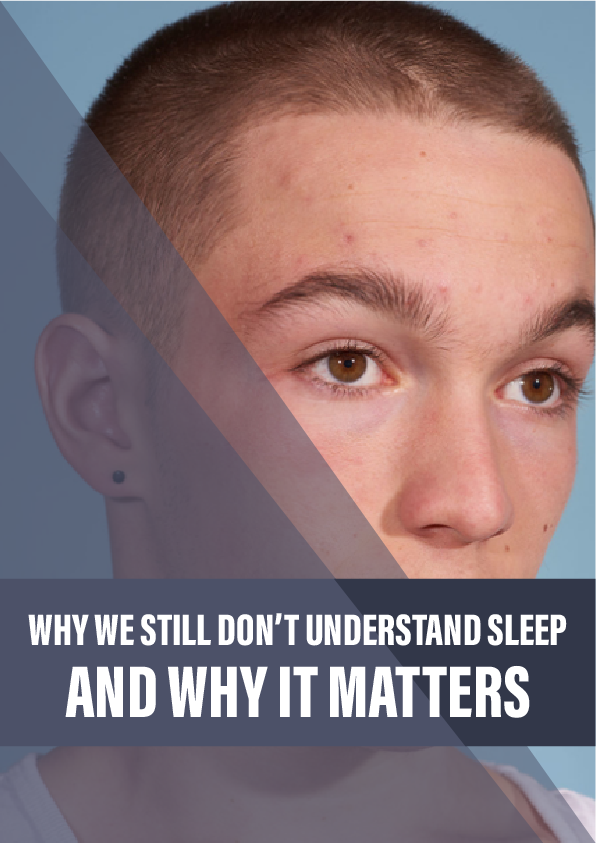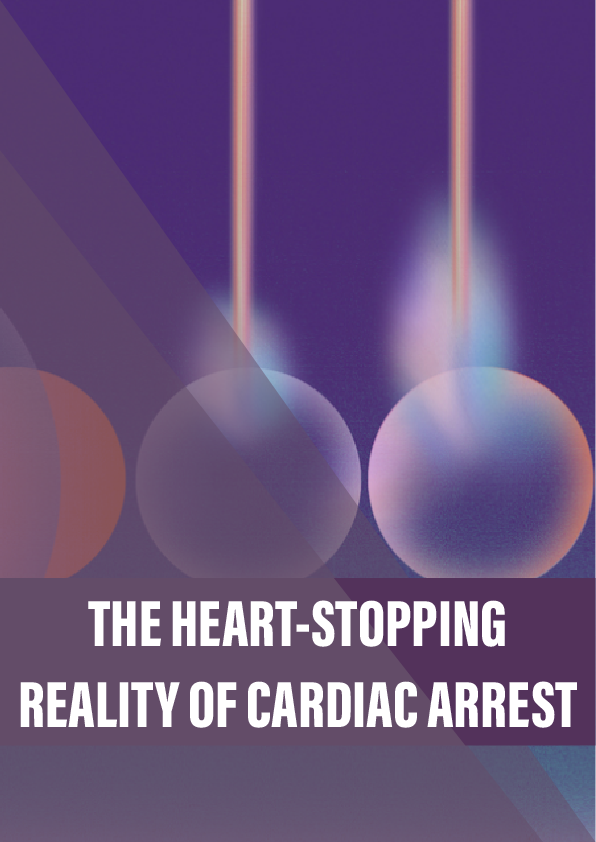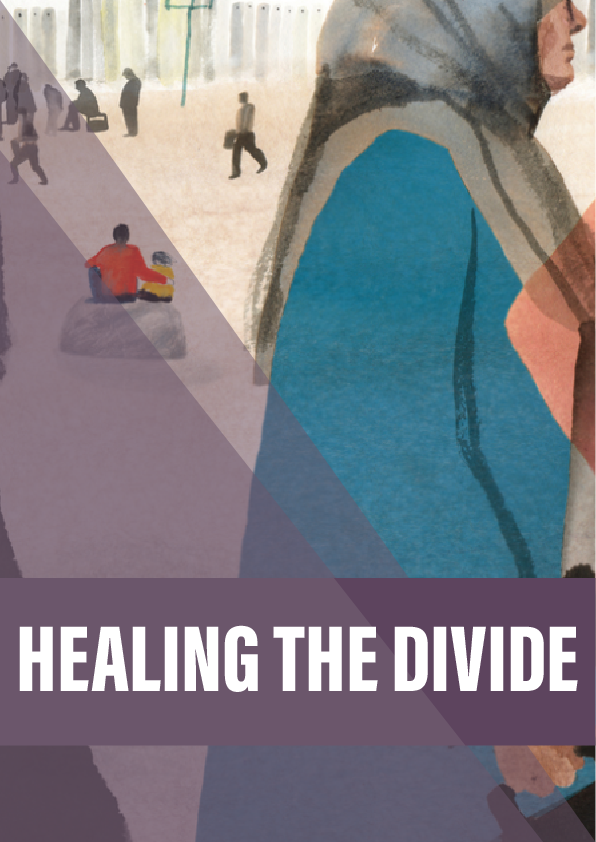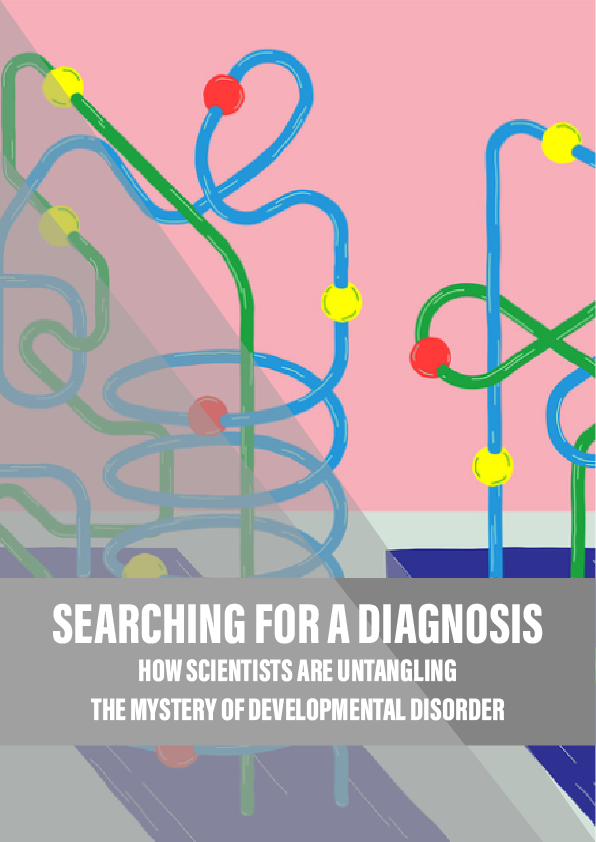For the first 20 years of his life, Henry Nicholls had a healthy relationship with sleep. Shortly after his 21st birthday, he began to experience symptoms of narcolepsy, a debilitating disorder that’s plagued him ever since. Sleep research is progressing, so why are he and others like him still waiting for a cure?
One of my first jobs was to keep a lookout for lions. There are some occupations that are not suitable for someone with untreated narcolepsy and this is probably one of them. I was 22, a recent zoology graduate studying meerkats in the Kalahari desert in South Africa. We worked in pairs, one of us on foot, walking with meerkats, the other in the jeep scanning the horizon for signs of leonine danger. On many occasions, I awoke with the imprint of the steering wheel on my forehead, realising that meerkats and colleague had wandered out of sight. I would look for signs of life and, as the panic grew, signs of death. I can tell this story now only because nobody got eaten.
I have not always been like this. For the first 20 years of my life, I had a healthy relationship with sleep. Shortly after my 21st birthday, though, I began to experience symptoms of narcolepsy, a rare but not-so-rare disorder thought to affect around one in 2,500 people. If people know one thing about narcolepsy, it’s that it involves frequent bouts of uncontrollable sleepiness. This is true, but the condition is so much more disabling, often accompanied by cataplexy (where a strong emotion causes loss of muscle tone and a ragdoll-like collapse), trippy dreams, sleep paralysis, frightening hallucinations and, paradoxically, fractured night-time sleep. There is no cure. Yet.
In the Kalahari, back in 1995, I was new to these symptoms. I had little sense of the incalculable toll that fighting a never-ending battle against sleep (with defeat the inevitable outcome) would take on mind, body and soul. I was not alone. Few family doctors had heard of the disorder, let alone encountered a patient. Some neurologists knew what to look for, but many did not. Not even sleep specialists could explain why this disorder would suddenly strike, with peak onset at around 15 years of age.
A lot has changed in 20 years. There is now overwhelming evidence that by far the most common cause of narcolepsy is an autoimmune attack, where the body’s immune system mishandles an upper respiratory infection and mistakenly wipes out the estimated 30,000 neurons in the centre of the brain.
Reference:
- A 1974 paper by Mitler, Dement and others characterising Monique, the toy poodle with narcolepsy.
- A 1998 paper by de Lecea and colleagues describe two peptides, coining the term ‘hypocretins’.
- A 1998 paper by Yanagisawa and colleagues describing the same peptides but calling them ‘orexins’.
- A 1999 paper by Mignot and colleagues in which they identified hypocretins as sleep-modulating neurotransmitters.
- A 1999 paper in which Yanagisawa and colleagues detailed the mouse they’d engineered that lacks orexin.
- A 2009 paper on animal models of narcolepsy
- A 2017 paper by Yanagisawa and colleagues detailing the orexin agonist YNT-185.











